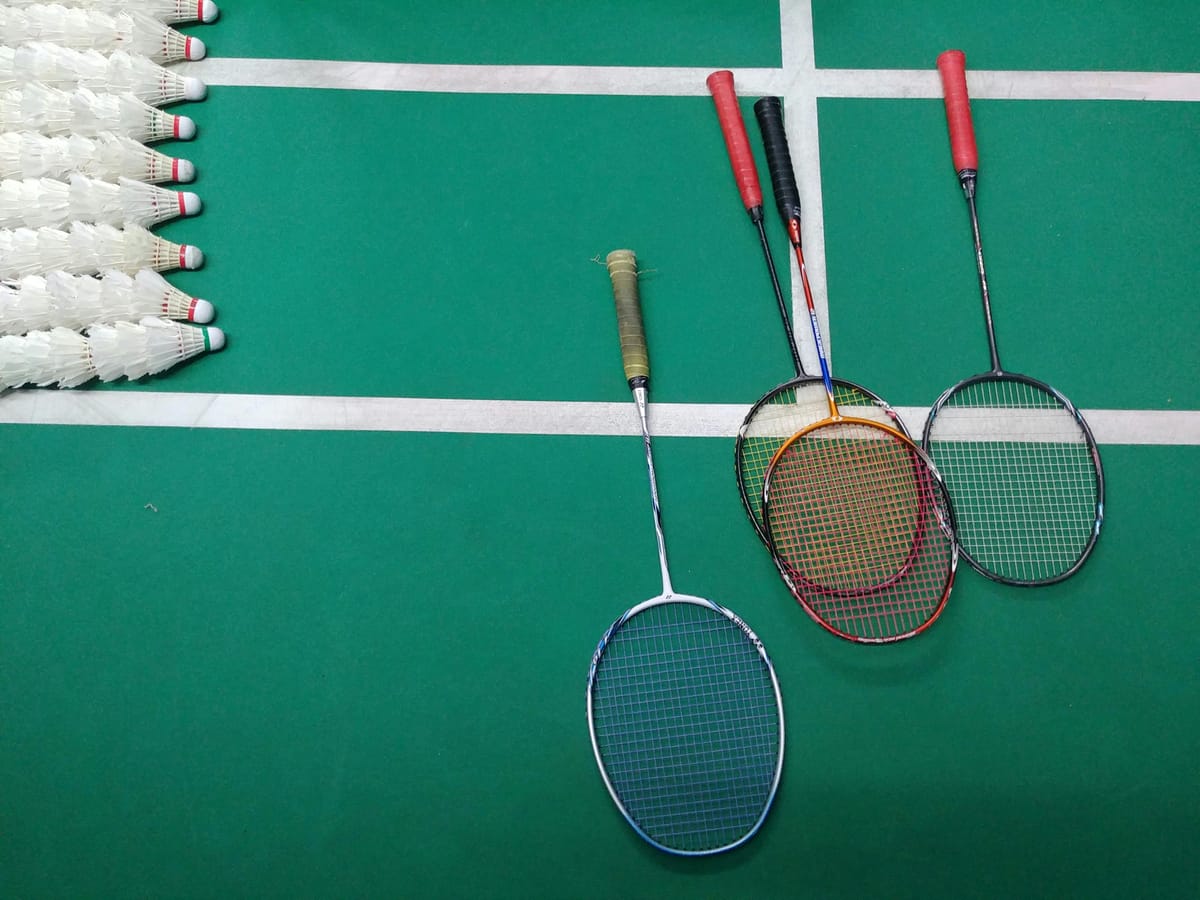Game, Set, Match: Scientists Create AI Badminton Robot That Could Revolutionize Sports Training
Scientists have achieved a remarkable breakthrough in robotics by developing an AI-powered robot capable of playing badminton with impressive skill and precision. This cutting-edge creation, emerging from research labs, represents a significant leap forward in how artificial intelligence can master complex physical activities that require split-second decision-making, precise motor control, and strategic thinking.
The Technology Behind the Shuttlecock Champion
The badminton-playing robot combines several advanced technologies to achieve its remarkable performance. At its core, the system uses computer vision to track the shuttlecock's trajectory in real-time, processing visual data at lightning speed to predict where the projectile will land. Machine learning algorithms analyze thousands of game scenarios, enabling the robot to make strategic decisions about shot placement and timing.
The robot's physical design incorporates sophisticated actuators and joints that mimic human arm and wrist movements. These mechanical components work in harmony with the AI brain, allowing for the fluid, dynamic motions essential to badminton play. The system can execute various shots including clears, drops, smashes, and net shots with remarkable accuracy.
What sets this robot apart is its ability to adapt during gameplay. Unlike pre-programmed systems, it learns from each rally, adjusting its strategy based on the opponent's playing style and weaknesses. This adaptive capability brings it closer to human-like athletic intelligence than ever before.
Beyond Entertainment: Real-World Applications
While watching a robot play badminton might seem like science fiction entertainment, the implications extend far beyond sports. The technology developed for this project has potential applications in numerous fields where precise hand-eye coordination and rapid decision-making are crucial.
In manufacturing, similar AI systems could revolutionize assembly line operations, handling delicate components with unprecedented precision. The healthcare sector could benefit from surgical robots with enhanced dexterity and real-time adaptability. Even in everyday applications, this technology could lead to more capable domestic robots that can perform complex household tasks.
The sports industry itself stands to gain significantly from these developments. Training robots could provide consistent, high-level practice partners for athletes, available 24/7 without fatigue. These systems could analyze player techniques, identify weaknesses, and provide personalized coaching recommendations based on thousands of hours of game data.
Challenges and Limitations
Despite its impressive capabilities, the badminton robot faces several challenges that highlight the complexity of replicating human athletic performance. Power consumption remains a significant issue, as the rapid movements and constant processing require substantial energy resources. The current system likely needs to be tethered to external power sources, limiting its mobility and practical applications.
Weather conditions and lighting variations can affect the computer vision system's performance, making outdoor play challenging. The robot also struggles with the unpredictable elements that make human sports exciting – the psychological pressure, creative shot-making, and split-second improvisation that define elite athletic competition.
Cost remains another barrier to widespread adoption. The sophisticated sensors, processors, and mechanical components required for such a system carry a hefty price tag, making it accessible primarily to research institutions and well-funded organizations.
The Future of AI in Sports and Beyond
This badminton-playing robot represents a significant milestone in the convergence of artificial intelligence and physical robotics. As the technology continues to evolve, we can expect to see similar systems tackling other sports and physical challenges, each pushing the boundaries of what machines can accomplish.
The research opens doors to more sophisticated human-robot interaction in athletic contexts. Future iterations might serve as training partners, coaches, and even competitors, creating new categories of sports and entertainment. The data generated by these systems could provide unprecedented insights into optimal athletic performance and strategy.
Serving Up the Future
The development of an AI-powered badminton robot marks a pivotal moment in robotics and artificial intelligence. While currently limited to research environments, the technology demonstrates the potential for machines to master complex physical skills that were once considered uniquely human.
As these systems become more sophisticated and accessible, they promise to transform not just how we think about sports training and competition, but how we approach any task requiring precision, strategy, and real-time adaptation. The game may be badminton today, but tomorrow it could be revolutionizing industries we haven't even imagined yet.
